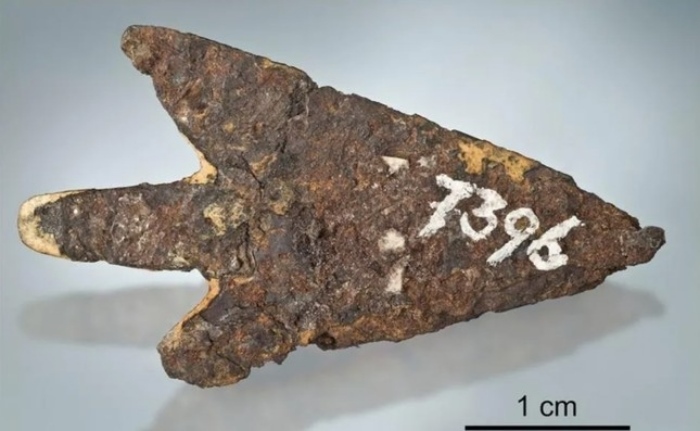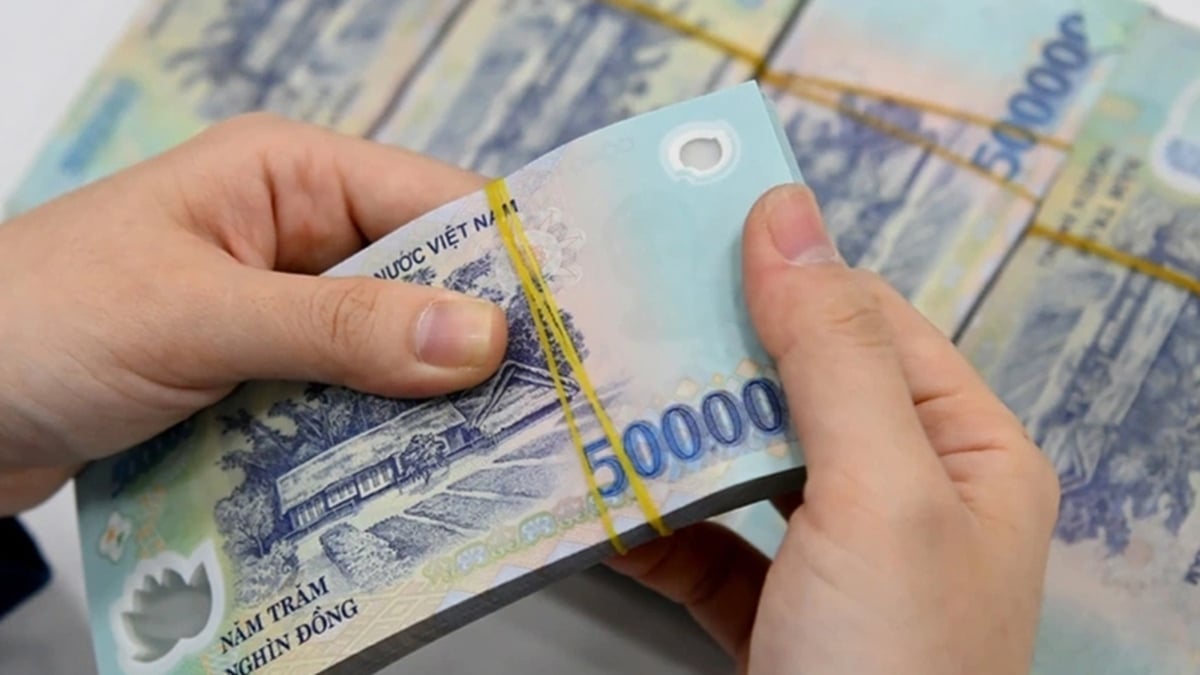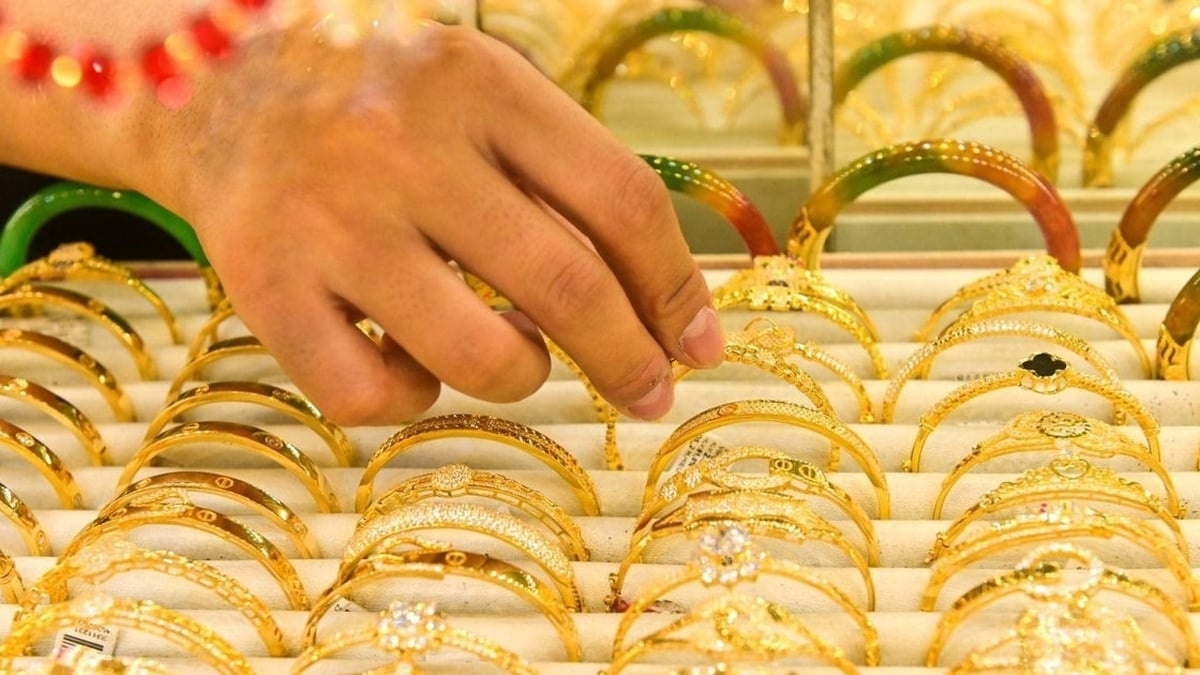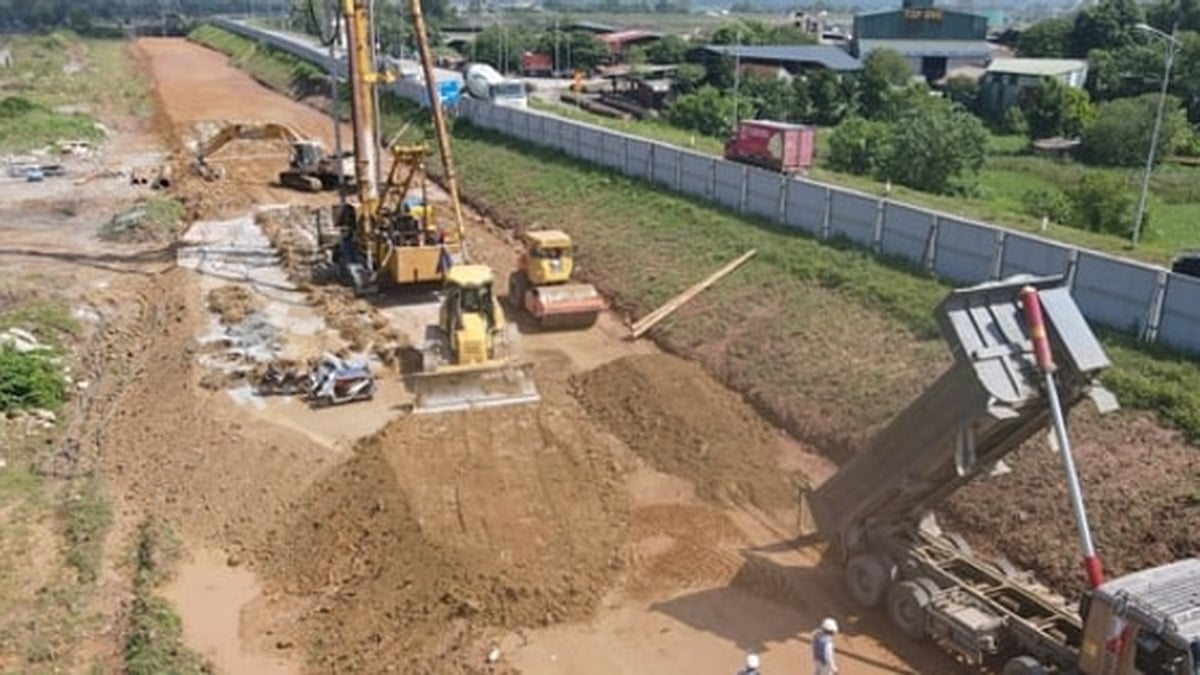Iron artifacts have appeared in the archaeological record since before humans were able to smelt iron from natural ores. These objects are truly extraterrestrial in origin, even if they were not ancient aliens visiting the Blue Planet.
They are made from pieces of iron that fell to Earth as meteorites. Meteorite iron was used by prehistoric people in many parts of the world . Artifacts such as ceremonial swords, figurines and jewelry made from meteorite iron have been found in Turkey, Greece, Syria, Iraq, Lebanon, Indonesia, Iran, Canada, Greenland, Russia, China and North Africa. A collection of iron beads found in a 6,000-year-old tomb predates the Egyptian Iron Age by 2,000 years.

Bronze Age arrowheads made of meteorite iron have been discovered by scientists . (Photo: Forbes)
In Central and Western Europe, only two archaeological artifacts of meteorite origin are known to date: a bracelet and an axe from Poland.
However, recently, a team of archaeologists and geologists discovered another arrowhead that could have been made from meteorite material. The team determined the chemical composition of the material used - an iron-nickel-aluminum alloy - using a combination of electron microscopy, X-ray and high-energy radiometric analysis, then compared the results with known meteorite samples.
The arrowhead analyzed is part of a series of other arrowheads made of bronze found more than 100 years ago at the Mörigen archaeological site in Switzerland and is now part of the collection of the Bern Historical Museum.
The Mörigen site, a late Bronze Age ruin formerly located near the lakeshore, has attracted particular interest from researchers because a meteorite once fell nearby.
The Twannberg meteorite – which consists of three fragments – is the largest meteorite ever found in Switzerland. It is possible that a smaller fragment of the meteorite was discovered in prehistoric times and used by a nearby settlement to make arrowheads. But the chemical properties do not match.
Expanding their search, the researchers found that the nickel and germanium concentrations for the Mörigen arrowhead were similar to those of the Kaalijarv meteorite in Estonia, a Baltic Sea country in Northern Europe.
This meteorite fell about 3,500 years ago during the Bronze Age and broke into many small pieces. The discovery and recovery of such small pieces of iron appears to be more likely than the discovery of large buried meteorites.
The Estonia-Switzerland connection also points to a network that covered prehistoric Europe, used to trade goods such as amber for gemstones, silex for toolmaking, and meteorite iron. Researchers now hope to find more artifacts of the same origin in other archaeological collections.
(Forbes) (Source: tienphong.vn)
Useful
Emotion
Creative
Unique
Wrath
Source



























![[Photo] National Assembly Chairman Tran Thanh Man visits Vietnamese Heroic Mother Ta Thi Tran](https://vphoto.vietnam.vn/thumb/1200x675/vietnam/resource/IMAGE/2025/7/20/765c0bd057dd44ad83ab89fe0255b783)










































































Comment (0)